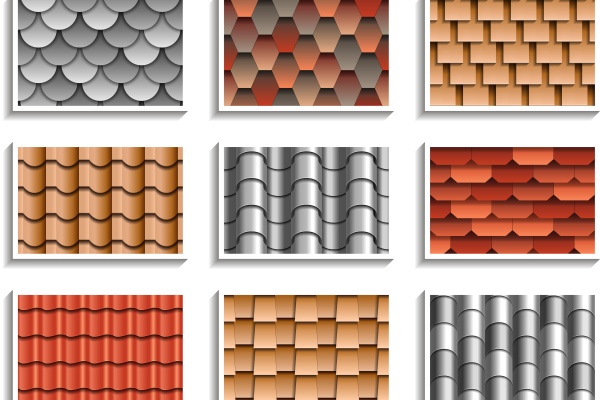Most Important Roofing Know How
When it comes to roofing materials it is important to know and understand the basics; from materials to ventilation to common problems that affect your roof. Some may call this roofing know how, but we just call it roofing basics.
Let’s start with roofing materials. The important elements are the cost, lifespan and the general look of your roof. The most common roofing materials are shingles, zinc, copper, lead and aluminum. Each have their own pros and cons that affect the elements of the roofing material.
Next you have ventilation. While your roof may not be a living thing, it does need to breathe and not trap the air inside. Yes, this means both warm and cold air. Roof vents allow warm, moist air to escape and colder, dry air to enter. And there are two different kinds of ventilation systems, passive and active. Active ventilation uses mechanical devices to circulate air, while passive ventilation uses natural air currents.
Other roofing know hows are some basic tips on what to look for if you have roof damage. Such as seeing leaks or moisture rings on your inside ceilings, or misaligned shingles or valley flashing that is not secured properly.
Knowing the pitch of your roof will help you understand the best materials you want to use that are best suited for your roof. A low pitch includes 1-3 inch grade of slope (steel or material that provides a watertight seal), medium pitch includes 4-12 inch grade of slope (asphalt and composite shingles) or high pitch includes 5-12 inch grade of slope (wood shake or slate shingles).
Understanding the roofing basics gives you a solid understanding of why your roof is so important and what you need to know if a problem arises.
If you need help maintaining a proper roof, call BB Roofing and we will walk you through all the options that fit your needs and your budget. Call BB Roofing for a free, no obligation estimate today!

